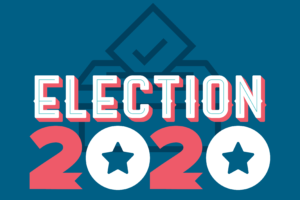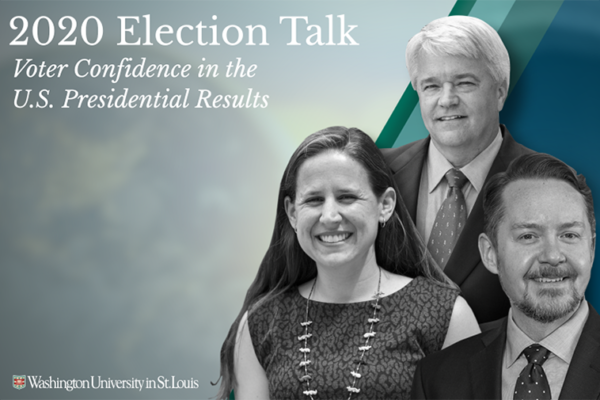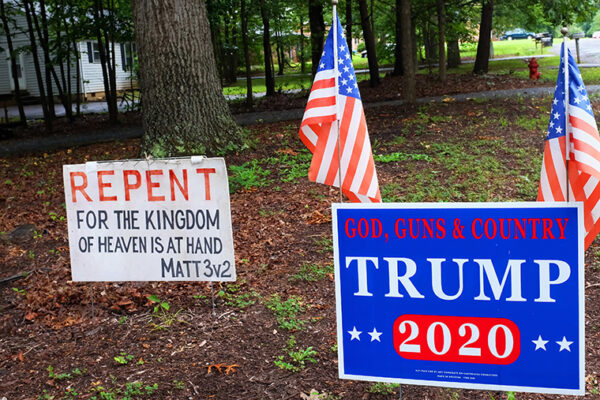This political science roundtable discussion is the first of a two-part 2020 election series aimed at helping listeners better understand the news, polls and issues in this year’s election.
While the presidential race typically overshadows the rest of the ballot, the battle for control of the U.S. Senate and House of Representatives is just as important.

To help us to better understand what’s at stake in this year’s election, Washington University in St. Louis’ Betsy Sinclair, professor of political science, sat down with Steven Smith, the Kate M. Gregg Distinguished Professor of Social Science, and Andrew Reeves, associate professor of political science, all in Arts & Sciences, to discuss the 2020 congressional race.
Partisan control of Congress dictates not only which policies the next president can pass, but also who he places on benches in federal courts. And in the event of a divided government — as was the case throughout much of President Obama’s two terms, plus a Democrat-majority House with a Republican-majority Senate under President Trump — a gridlocked Congress can mean very little progress on key issues.
With 470 Congressional seats up for election — including 35 Senate seats and 435 House seats — there are a number of different potential outcomes:
- The Democrats are unlikely to lose control of the House. In these races, the question is whether or not they can expand their majority.
- According to the most recent FiveThirtyEight poll, Democrats are favored to win control of the Senate. However, many races are extremely close and neither party is likely to have a large majority.


